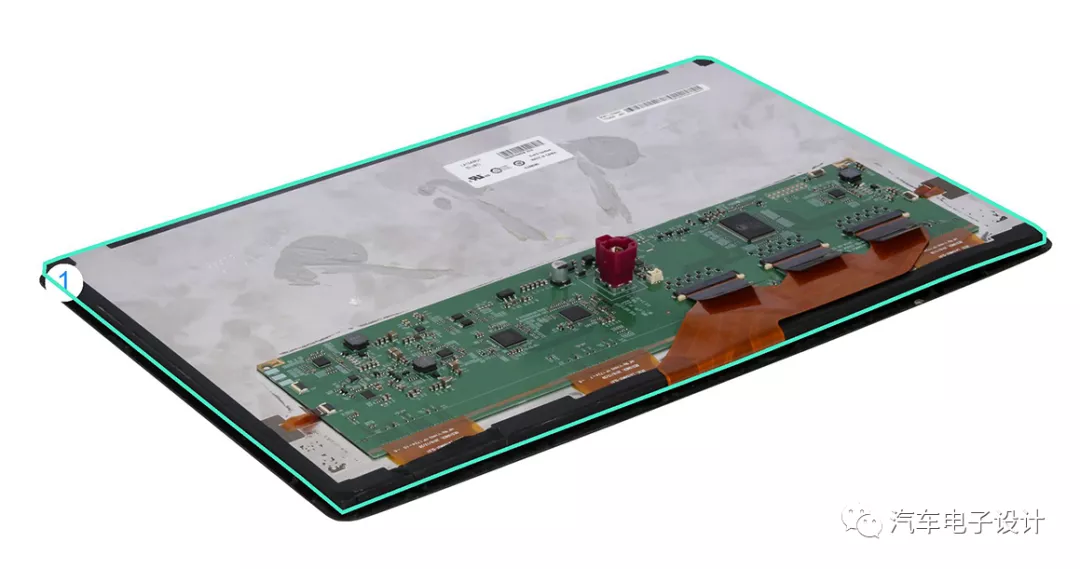Introduction
Recently, I had some time to carefully organize the material. A good friend of mine wanted to analyze the central control screen of Tesla’s Model 3, which is not easy to obtain after disassembly. In recent days, there has been some communication with Chao Dan on the hot topic of smart cockpits, which are moving towards one machine and multiple screens. From the traditional chip platform of RuiSa and NXP to the high computing power of Intel and Qualcomm, the separation of hardware and software was also introduced in this field. Later, combined with the hardware configuration of ICAS 3 that we can see, let’s discuss it together.
Model 3 Central Control Screen
The dismantling information is sourced from IHS benchmark, which discloses some of the information on Electronics 360. The main information is as follows:
LG 15.4 inch IPS 1920 x 1200 display, weighing 828g, with an estimated total manufacturing cost of $198.84.
15.4 inch OGS Direct Bonding Touch Screen with cover glass
Die-cast magnesium alloy casing

The main components include, in fact, mainly two boards
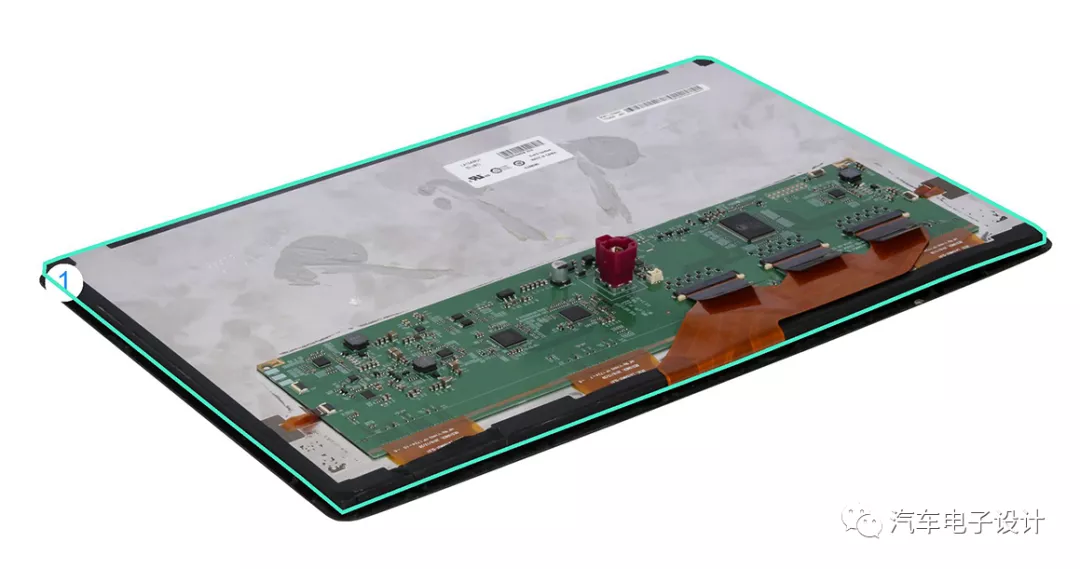
15.4″ Diagonal, TFT LCD, a-Si, IPS, 1920 x 1200, N/T, 828g – MFR: LG DISPLAY CO LTD – MPN: LA154WU1-SL01
15.4″ Diagonal, OGS Type, Direct Bonding, w/Tempered Cover Glass, w/Integral Flex PCB
Enclosure, Main, Rear Cover, Die-Cast Magnesium Alloy, Machined, Painted, Laser Etched
Device Mount Housing, Injection Molded Plastic, Painted
Device Mount Housing Door, Injection Molded Plastic, Painted# Temperature Sensor Module Housing, Bottom, Injection Molded ABS Polycarbonate
Protect Film, Clear Plastic Sheet, Die-Cut
Temperature Sensor Module Housing, Top, Injection Molded ABS Polycarbonate
Temperature Sensing Element, Formed Copper, Painted
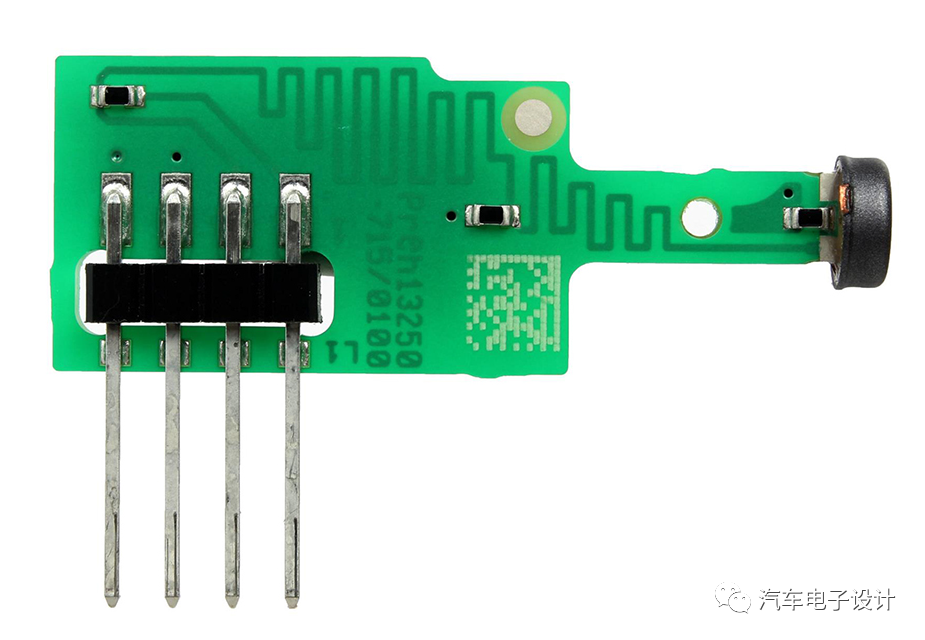
Fastener, Machine Screw, M5.8 x 12 mm, Torx Pan Washer Head
This motherboard mainly consists of 7 chips:
-
CYPRESS (now part of Infineon) CYAT 81688-128AS88Z touch screen controller, capacitive, multi-touch, 32-bit ARM Cortex CPU cor.
-
TI DS90UB948TNKD, deserializer, FDP-Link III to Open LDl.2 Lanes, 192MHz, up to 2K resolutions with 24-bit color depth.
-
Tli INC, Tli2387EP_B, display timing controller.
-
RENESAS ISL24858IRXZ programmable reference voltage (10-bit, 14-channel, I2C programmable, with integrated buffered outputs, calibrator, amplifier, EEPROM).
-
TI (TMP758QDGK) digital temperature sensor, 12-bit, 2-wire interface.
-
ROHM (BD9465MUV) backlight LED driver, 4-channel, 150mA per channel.
-
Connector Male, Vertical, Gold Plated Contacts, w/ 12-Pin Header.
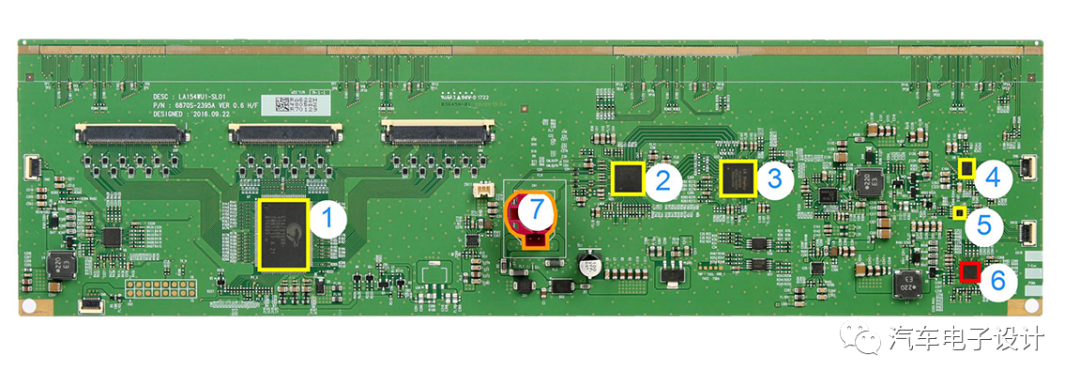
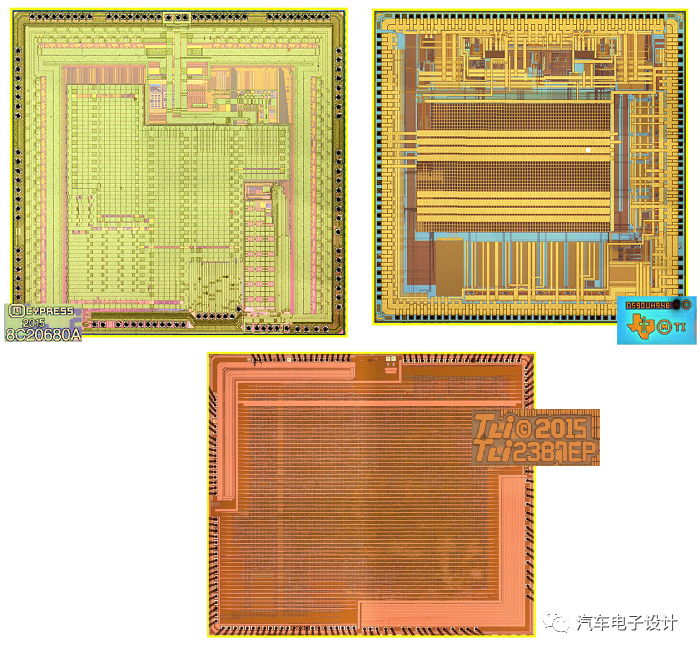
Comparison with MEB
As we know, in the MEB project, Volkswagen chose to make improvements based on the original MIB, selecting one controller for three display sources (instrument panel, central control, and HUD). The approach is also similar, breaking the original software and hardware design in the instrument panel and eliminating the software in the HUD, combining the three into a centralized unit. Therefore, it can be foreseen that in the future, the HUD, instrument screen, and central control screen itself will be hardware + simple software.
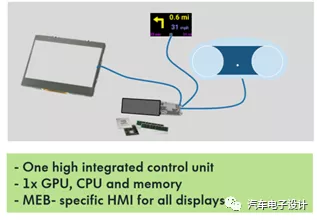
In the end, it was indeed done this way. In my understanding, in the future, Volkswagen will integrate the three ICASs in the form of a PCB, and cancel the Ethernet between the boards. It is designed in the form of an industrial control host, and the overall computing power is concentrated and the external hardware is simplified. This kind of restructuring power enables large-scale vehicle companies to grasp the core power of bargaining with suppliers and bring back the most valuable part of the value to their own hands.
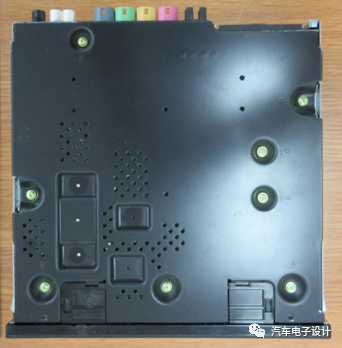
Conclusion
In the past, when car companies selected chip platforms, they mostly did it in the form of quality certification. In the future, selecting chip platforms will be more like selecting CPUs for desktops or iPads, and lower-level displays, actuators, and sensors will undergo further modularization and cost reduction. These components will undergo a thorough cost reduction process and promote the convergence of vehicle companies with companies that make screens and core chips.
This article is a translation by ChatGPT of a Chinese report from 42HOW. If you have any questions about it, please email bd@42how.com.
